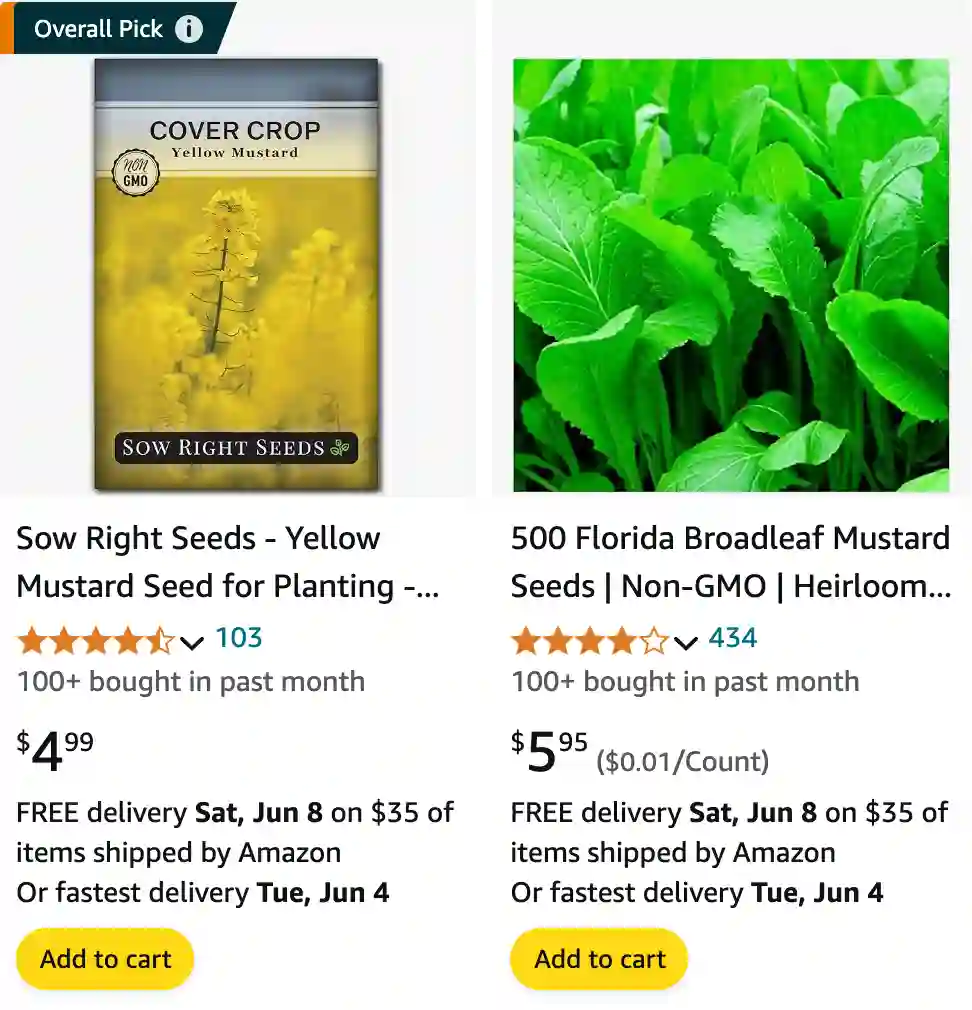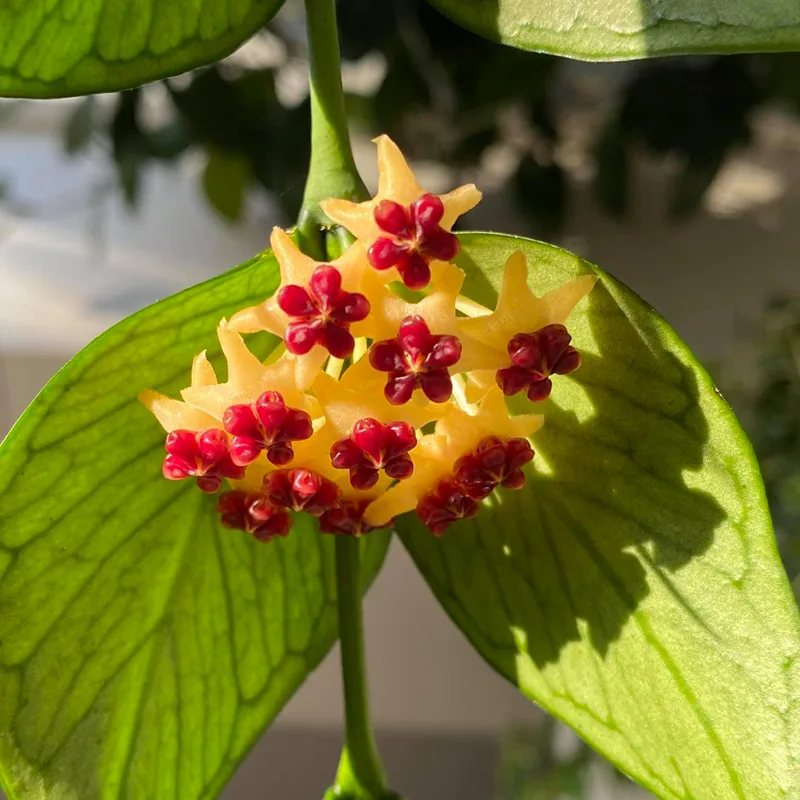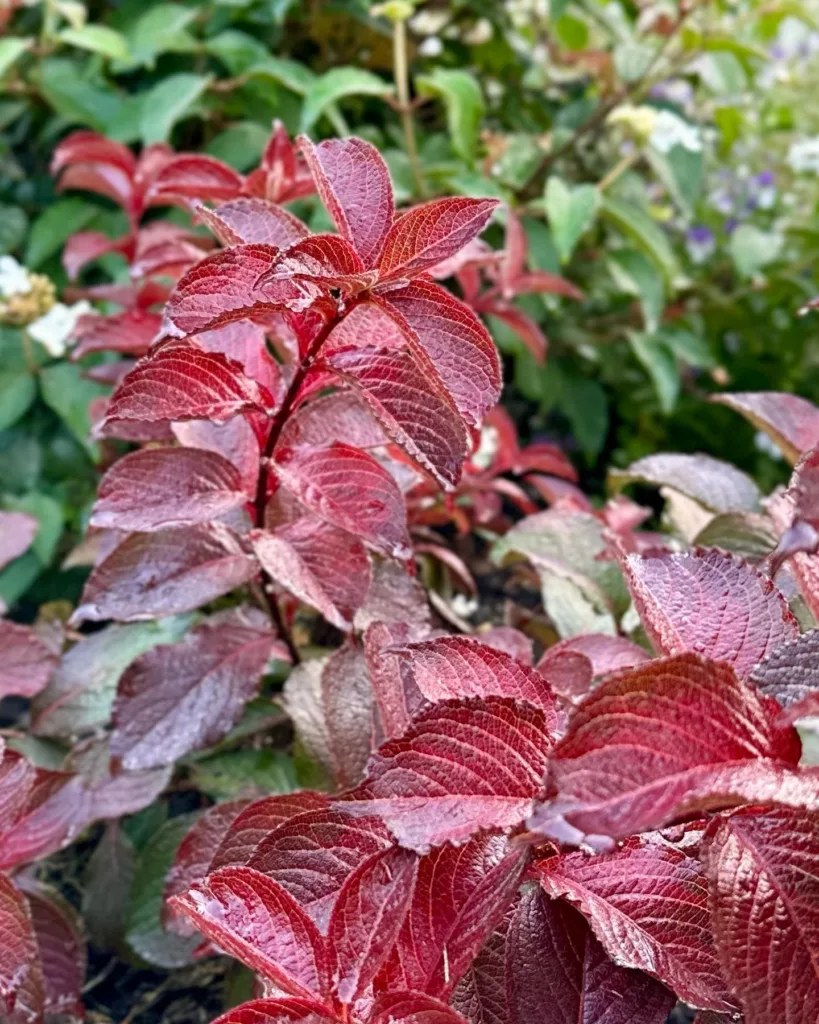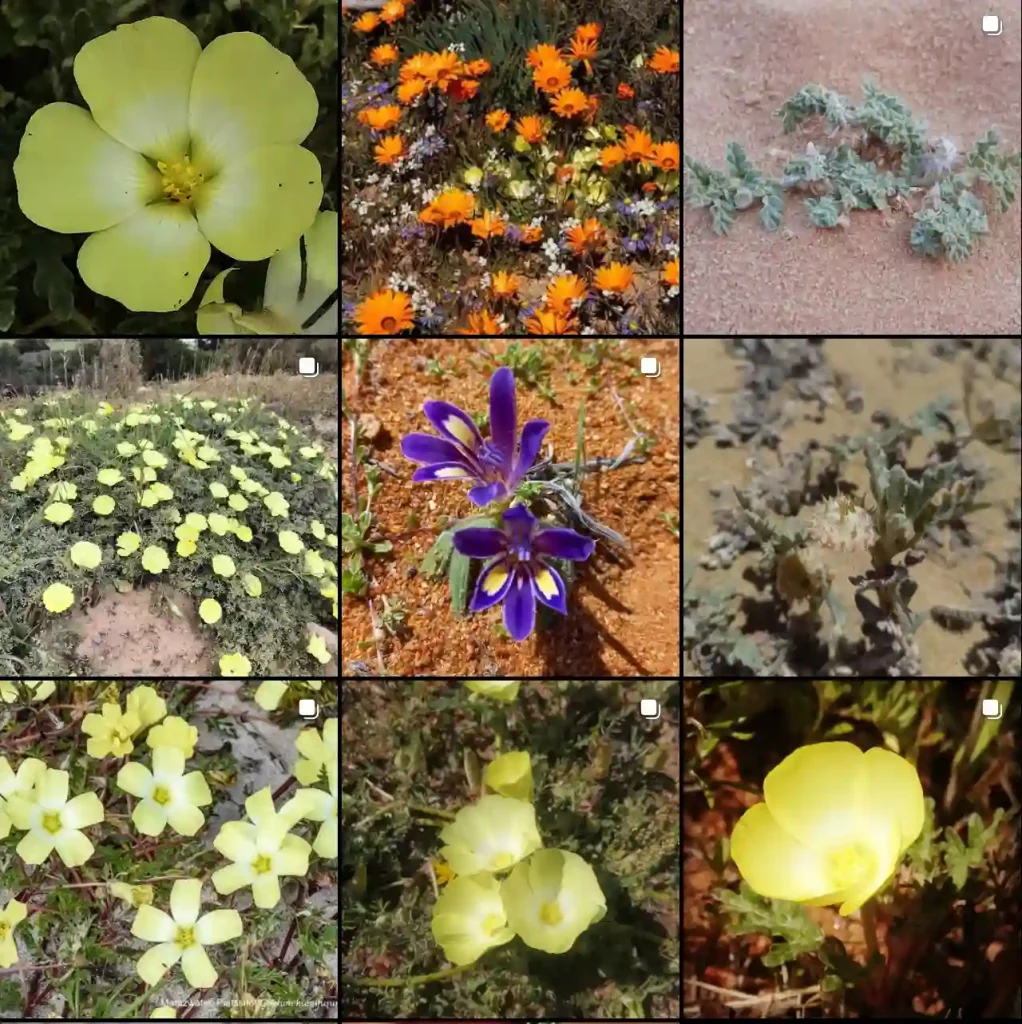
The Humble Mustard Plant: From Seed to Spicy Sensation
There’s something undeniably satisfying about a dollop of mustard on a hot dog, its pungent kick adding a layer of flavor that elevates the entire experience. But have you ever stopped to wonder where this fiery condiment comes from? The answer lies in a rather unassuming plant: the mustard plant.
What is a Mustard Plant?
The term “mustard plant” encompasses several species within the Brassicaceae family, also known as the cruciferous family. This group includes familiar vegetables like broccoli, cauliflower, and kale, and the mustard plant shares some characteristics with these cousins.
There are three main types of mustard cultivated for their seeds: brown mustard (Brassica juncea), white mustard (Sinapis alba), and black mustard (Brassica nigra). These plants are grown for their tiny seeds, which pack a powerful flavor punch.
What Does a Mustard Plant Look Like?
Mustard plants are fast-growing annuals, meaning they complete their life cycle in a single season. They typically reach a height of 2-3 feet, with upright, branching stems. The leaves are lobed and vary in color depending on the species, ranging from blue-green to a deeper emerald.
During the flowering stage, clusters of small, bright yellow flowers appear at the top of the stems. These flowers eventually give way to long, slender seedpods that contain the tiny mustard seeds we know.
How to Plant Mustard Seeds?
Planting mustard seeds is a breeze, making them a perfect choice for beginner gardeners. Here’s a quick rundown:
- Timing is Key: Mustard thrives in cool weather. Aim to plant your seeds in early spring or late summer, depending on your climate. In warmer regions, opt for the fall planting to avoid the summer heat.
- Prepare the Soil: Mustard prefers well-drained, loose soil. Amending your planting area with some compost will provide essential nutrients for healthy growth.
- Sow the Seeds: Scatter the seeds directly onto the prepared soil and lightly rake them in. Aim for a depth of about ¼ inch. Water gently to keep the soil moist but not soggy.
- Thinning: Once the seedlings emerge and reach a few inches tall, thin them out to allow for proper growth. Aim for a spacing of about 4-6 inches between plants.
How Big is a Mustard Plant?
As mentioned earlier, mustard plants are on the smaller side, typically reaching a height of 2-3 feet. However, some varieties, like certain types of brown mustard, can grow up to 5 feet tall.
Can You Plant Mustard Seeds from the Grocery Store?
The short answer is yes, you can! Mustard seeds from the grocery store, as long as they’re whole and haven’t been irradiated (a process that kills seeds to prevent germination), can be used for planting. However, there’s a caveat.
Grocery store mustard seeds are often treated with fungicides or other chemicals to extend their shelf life. While these treatments won’t necessarily prevent germination, they might impact the success rate.
For optimal results, consider purchasing seeds specifically designated for planting from a garden center or online retailer.
When to Plant Mustard Greens in Louisiana?
Louisiana enjoys a long growing season, with mild winters. You can plant mustard greens in Louisiana in early spring (around February-March) or fall (around September-October). Opt for the earlier planting if you prefer a milder flavor, as the heat can intensify the spiciness of the greens.
When to Plant Mustard Greens in Georgia?
Similar to Louisiana, Georgia’s warm climate allows for planting mustard greens in both spring and fall. Aim for plantings in early spring (around March-April) or fall (around September-October). Again, consider the desired flavor profile when choosing your planting time.
Are Mustard Plants Invasive?
While mustard plants can readily self-seed, they’re generally not considered invasive. Their fast-growing nature makes them easy to control. Simply pull up any unwanted volunteers before they set seed.
Are Mustard Plants Perennial?
No, mustard plants are annuals. They complete their life cycle in a single season, flowering, producing seeds, and then dying off.
There’s more to explore with the mustard plant beyond its culinary uses. Its fast growth makes it a great cover crop, helping to suppress weeds and improve soil fertility. The spent plants can also be tilled back into the soil, adding valuable organic matter.
So next time you reach for that mustard on your hot dog, take a moment to appreciate the humble mustard plant, a versatile and rewarding addition to any garden.
If i die, water my plants!



